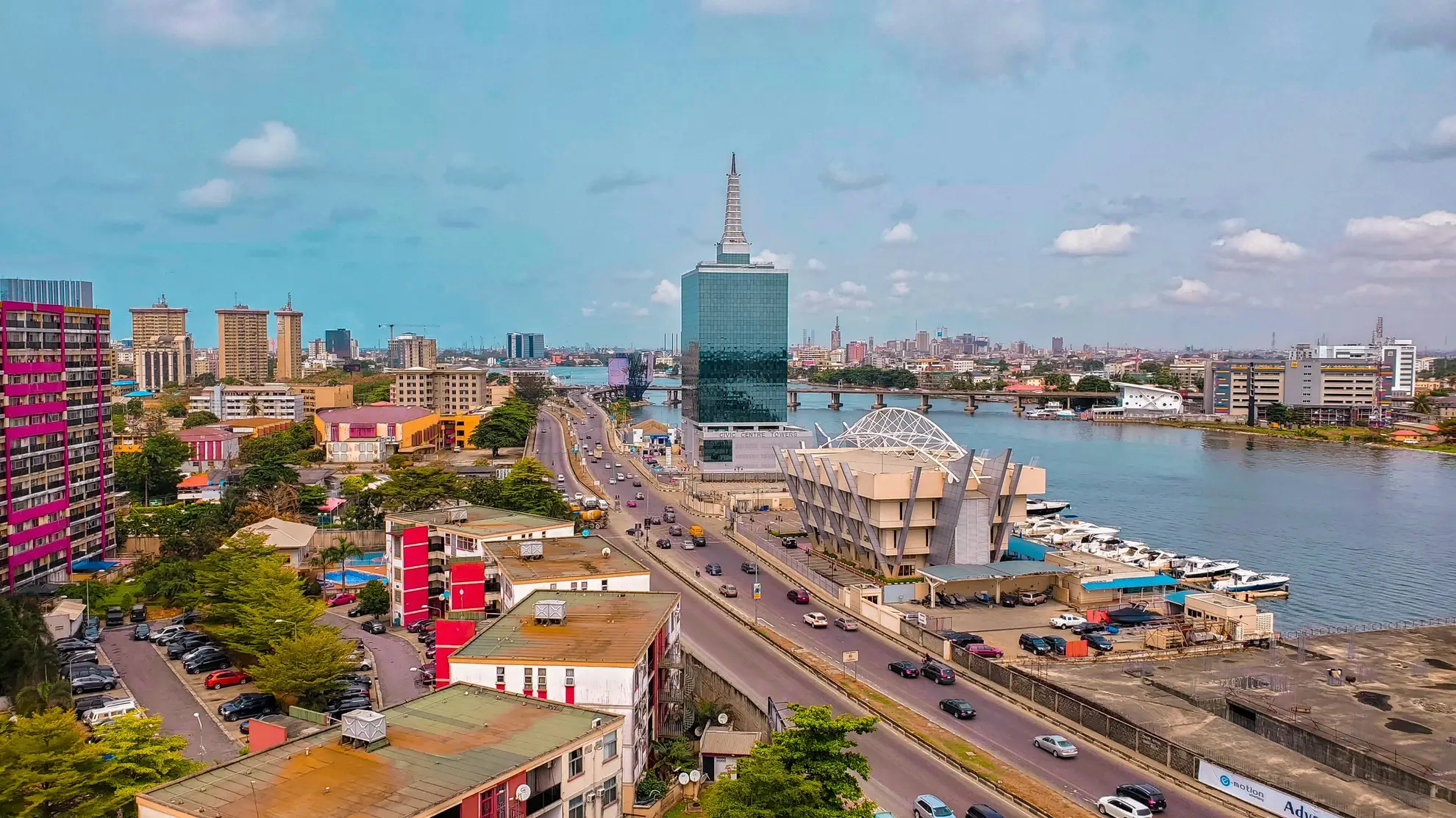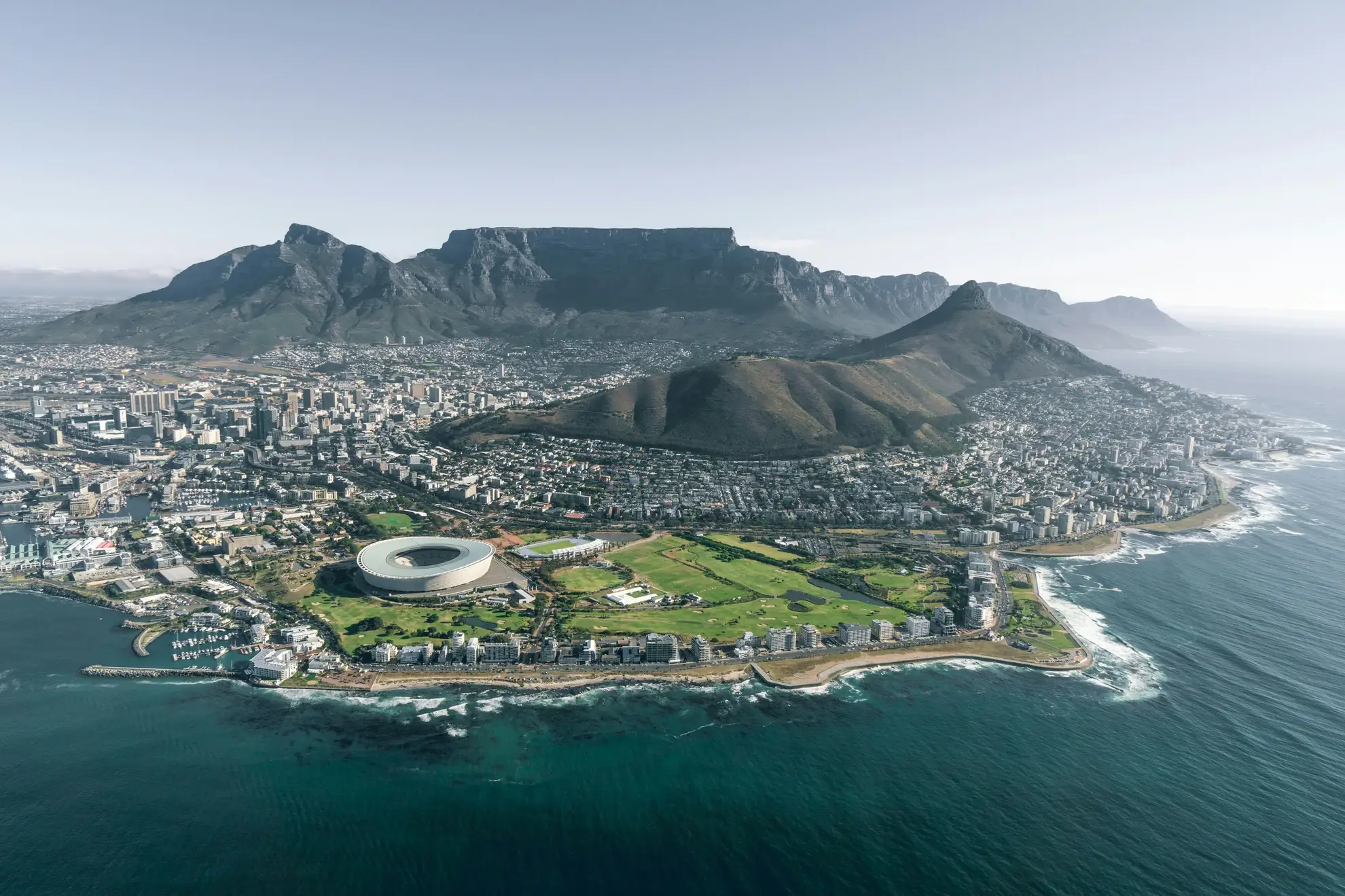eSIM Plans for Travelers to The Africa -6 Countries
Unlimited data at kbps after using
Get Connected Instantly Worldwide
Follow our proven 3-step process to enjoy seamless internet connectivity during your travels. Trusted by over 1 million travelers globally.
Ready to Stay Connected Anywhere?
Join millions of satisfied travelers who choose our reliable eSIM solutions for their international connectivity needs.
What You Need to Know About Africa -6 Countries Network
Network Coverage
urban area
• Major cities have good 4G network coverage, with 5G services available in some areas.
- Cairo, Alexandria (Egypt): 4G high-speed networks in city centers and airports, with 5G gradually being deployed in business districts, and good coverage in major tourist areas.
- Johannesburg and Cape Town (South Africa): Core areas have full 5G/4G coverage, stable signals at transportation hubs, and 5G commercial services are already operational in financial districts.
- Algiers (Algeria), Oran: Major urban areas have stable 4G coverage, with a 4G coverage rate of 84.68%. 5G licensing is expected by 2025.
- Tunis (Tunisia): The city center and Carthage Airport have full 4G coverage, provided by Orange, Oreedo, and TT Mobile.
- Accra (Ghana): Stable 4G coverage in the city center and Kotoka International Airport, with internet speeds reaching 50Mbps in commercial areas, while suburban areas primarily rely on 3G.
- Saint-Denis (Réunion): A 5G pilot network in the core area, with over 90% 4G coverage in suburban regions, primarily serviced by Orange and SFR.
- Cape Town and Durban (South Africa): 5G commercial deployment in financial districts and airports, 4G full coverage on urban main roads, with network speeds up to 100Mbps.
- Downtown Tunis and Algiers: The 4G network in commercial areas is stable, with an average download speed of 25-30 Mbps, meeting daily usage needs.
Tourist attractions and suburbs
• The main attractions have basic coverage, but the signal is unstable in remote areas.
- The Pyramids of Giza and Luxor Temple (Egypt): Main visiting areas have 4G coverage, with signal weakening in deep desert regions, but coverage in tourist areas is satisfactory.
- Kruger National Park (South Africa): The visitor center and main roads have stable 4G coverage, but alternative communication solutions are needed when venturing deeper into the reserve.
- Towns on the edge of the Sahara Desert (Algeria/Tunisia): Basic 4G coverage, no signal in the desert interior.
- Cape of Good Hope, Cape Town (South Africa): The visitor center and main roads have continuous 4G coverage, while signal strength weakens in the middle section of the hiking trail.
- Cape Coast Castle, Ghana: The 4G signal inside the historic building is unstable, while the outdoor square has good coverage. It is recommended to stay near windows for better reception.
- Réunion Volcano National Park: Main viewing platforms have 4G coverage, while there is no signal in lava zones and deep valleys.
- Tunisia Carthage Ruins: 4G coverage is good in the core visiting area, but the signal is unstable in the desert fringe regions.
- Egypt's Red Sea Resort (Hurghada): Full 4G coverage in resorts and beaches, no signal underwater in diving areas.
- Aswan (Egypt): Stable 4G along the Nile, intermittent signals in the Nubian ruins area, and no coverage in the deep desert.
- Garden Route (South Africa): 4G continuous coverage on the main highway, signal weakens in forest hiking areas, some viewpoints have only 3G.
- Pyramid Tourist Area: Major roads and visitor hubs have 4G coverage, but some remote attractions only offer 2G service.
- South African Wildlife Reserve: 3G/4G coverage is available at main camps and roads, with limited signal in wilderness activity areas.
Network Usage Tips
Deserts and remote areas
In remote areas such as the Sahara Desert and the Selous Game Reserve, the signal is extremely weak or non-existent, so it is recommended to download offline maps in advance. In rural regions, 4G coverage is only 25%, with an additional 14% of areas lacking even 2G connectivity.
Mountains and Rainforests
The signal is unstable in the Drakensberg Mountains (South Africa), the Atlas Mountains (Algeria), and the rainforest regions of Ghana. It is recommended to confirm operator coverage before departure.
Indoor and Historic Buildings
The stone walls and underground areas in the old city can significantly weaken the signal. It is recommended to use the network near windows or open areas.
Cross-border region
In areas close to national borders (such as the Egypt-Sudan border or the South Africa-Lesotho border), network switching delays may occur. It is recommended to manually select the network in advance.
Unstable power supply
In some parts of Africa, the power supply is unstable, and base stations may experience network outages due to power failures. It is recommended to download necessary materials in places with stable electricity, such as hotels or tourist centers. According to ITU data, nearly 90% of Africa's population had access to mobile broadband networks in 2021, but power issues still affect network stability.
Network Congestion Alert
During peak travel seasons (such as the wildlife migration season in South Africa or the winter tourism boom in Egypt), networks around popular attractions may experience congestion. It is advisable to avoid using high-bandwidth applications during peak hours. Sub-Saharan Africa has 980 million mobile users, yet only 22% of them have access to 4G networks, making network resources relatively scarce.
Language support issues
The local languages are primarily French, Arabic, or indigenous languages, with limited English support. It is recommended to download a translation app in advance.
Battery Consumption Warning
In areas with weak signals, mobile phones continuously search for networks, leading to faster battery drain. It is advisable to carry a portable charging device. Mobile network access is the primary means of connectivity in Africa, with approximately 98 mobile cellular users per 100 residents, but network quality varies.
Price evaluation
In six African countries, 72% of the population lives within 3G/4G network coverage, but there is a significant urban-rural divide (84% 4G coverage in urban areas vs. only 25% in rural areas). Mobile data pricing in these six countries falls within a reasonable range, with basic urban plans (500MB–2GB/day) meeting daily needs, while remote areas may require plans exceeding 2GB for uninterrupted usage. According to GSMA data, mobile data prices in Africa have dropped by 60% since 2015, but network quality varies noticeably across regions. In countries like South Africa and Egypt, 5G networks are being gradually rolled out, offering users faster connectivity experiences.
Recommended eSIM packages relevant to you
Enjoy seamless connectivity on your travels. Choose from our diverse global eSIM plans to enhance your next journey.


